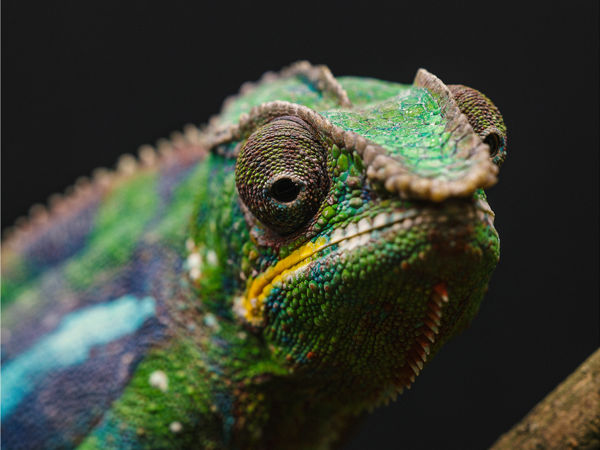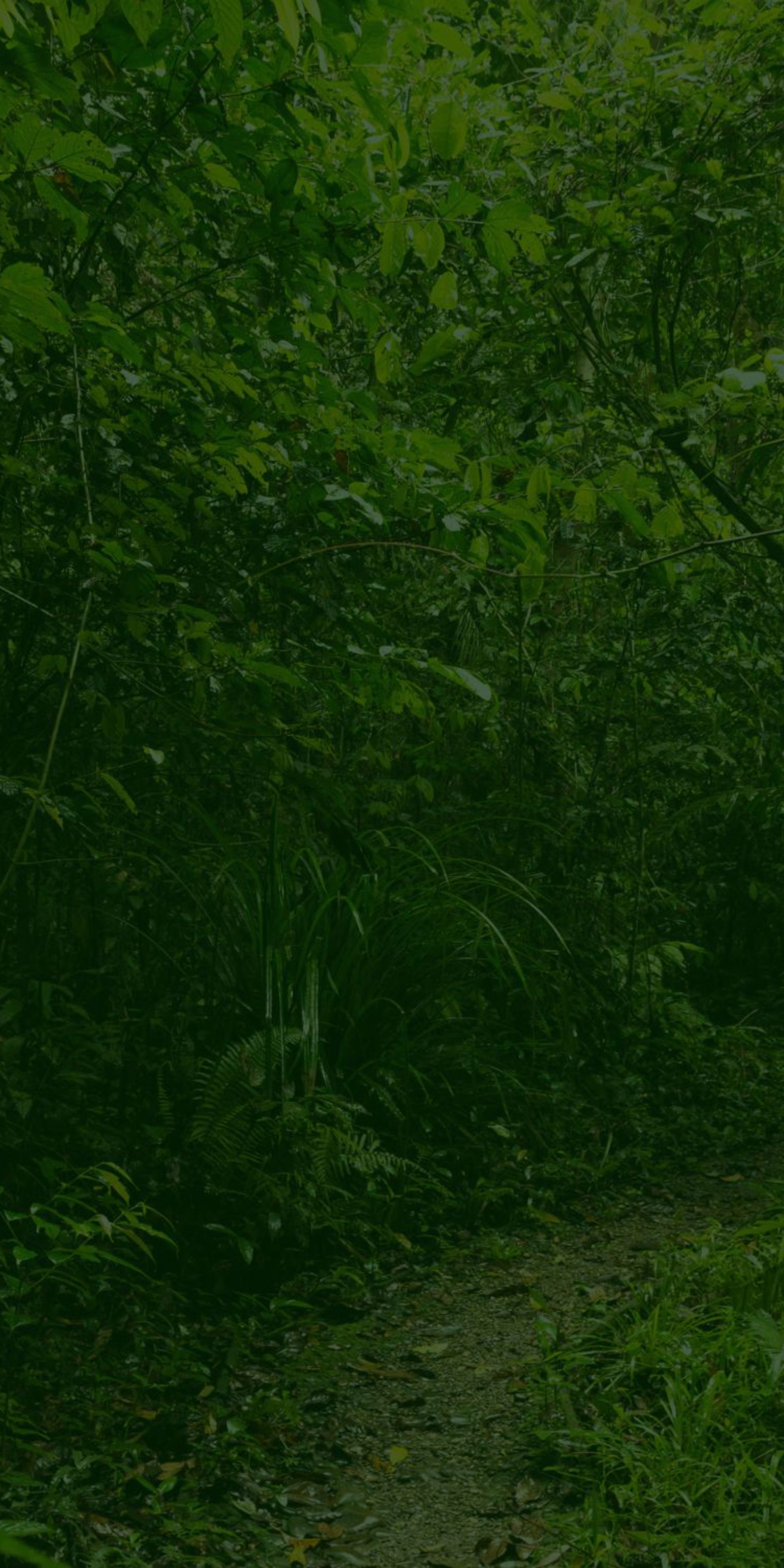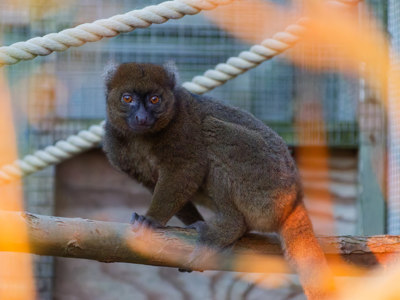
Greater Bamboo Lemur
Key Facts:
Scientific name: Prolemur simus
Range: Fragmented areas of southeastern Madagascar
Habitat: Bamboo rainforest
Diet: Bamboo
Average size: 16–18 inches long with tail of 17–19 inches
Life span: 10 years
IUCN Red List: Critically Endangered
The greater bamboo lemur, also known as the broad-nosed gentle lemur, is the largest species of bamboo lemur. As their name suggests, they survive on a diet made of almost entirely of bamboo1 and are native to the island country of Madagascar, as are all lemurs.
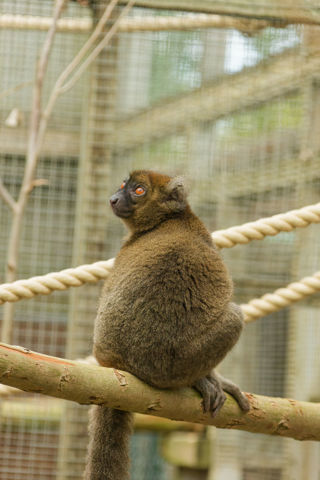
Scientists have found more greater bamboo lemur fossils than that of any other species of lemur. Fossil records can be a great conservation tool as they provide us with an idea of the history of a species. Greater bamboo lemur fossils show us that 90,000 years ago, there were roughly one million of this species roaming a much larger area of Madagascar than what they currently inhabit, and this is because threats like climate change and habitat loss have affected their range in recent year.
Male greater bamboo lemurs are dominant within their conspiracies (groups), which is different from all other species of lemur, who are normally matriarchal (female-led)
Greater bamboo lemurs’ wild diet consists almost exclusively of bamboo – a plant whose shoots contain a form of cyanide. Bamboo lemurs typically eat 48 times the lethal dose of cyanide for a mammal of their size and as a result, they have evolved a way to digest the bamboo without being affected by the poison, likely by removing it from their bodies through urination
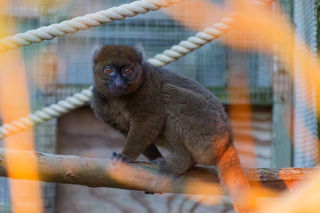
Greater bamboo lemurs are neither nocturnal (most active during the night) nor diurnal (most active during the daytime). Instead, they’re described as “cathemeral”, meaning they’re active at any time of the day or night depending on the seasons.
Greater bamboo lemurs share similar dentistry to pandas due to their similar diets – they have premolars that look more like molars to be able to consume a diet consisting mostly of bambo.
Lemurs that live in habitats such as bamboo rich forests have a slightly different anatomy to other species of lemur - their hind limbs are bigger and more muscular than their forelimbs. This is because they leap towards the vertical surfaces of their bamboo surroundings rather than walking across horizontal branche.
Greater bamboo lemurs are Critically Endangered according to the IUCN Red List, meaning they are at very substantial risk of extinction. This is due to:
Climate change: Greater bamboo lemurs feed predominantly on bamboo, whose growth is determined by the weather. As a result of climate change, bamboo growth has decreased because these forests now experience long dry seasons. This makes finding suitable food sources much more difficult
Habitat loss: Slash-and-burn agriculture is a method of agricultural production used in greater bamboo lemur range where areas of forest are removed and burned to create space for growing crops. This results in a reduction and fragmentation of suitable habitat for mongoose lemurs, making it harder for them to find food, shelter, and non-related mates. Illegal logging and mining are also contributing to their population decline
Poaching: A very small proportion of greater bamboo lemur diet (around 0.5%) consists of rice. However, a group of around 60-80 individuals can consume around 80% of a rice plot which would otherwise provide farming families with several months of food. For this reason, greater bamboo lemurs are sometimes killed by farmers to protect their crop production.
-
![362277039 664600909026309 8369226469419348221 N]()
What we're doing...
EEP: Greater bamboo lemurs are part of a EAZA Ex-situ programme (EEP) for population management. The aims of this EEP are to maintain healthy populations of greater bamboo lemurs to form an insurance population for the species and to support zoos in educating the general public about the threats they face in the wild.
Education: Educating our visitors about greater bamboo lemurs allows us to discuss the threats they face and raise awareness for the broader issues of habitat fragmentation and changes in food availability as a result of climate change.
-
![Greater Bamboo Lemur]()
How you can help?
Greater bamboo lemurs are largely affected by the climate crisis. By being mindful about our carbon footprint, we can make small changes in our daily lives to reduce unnecessary emissions and ensure a habitable planet for all.
